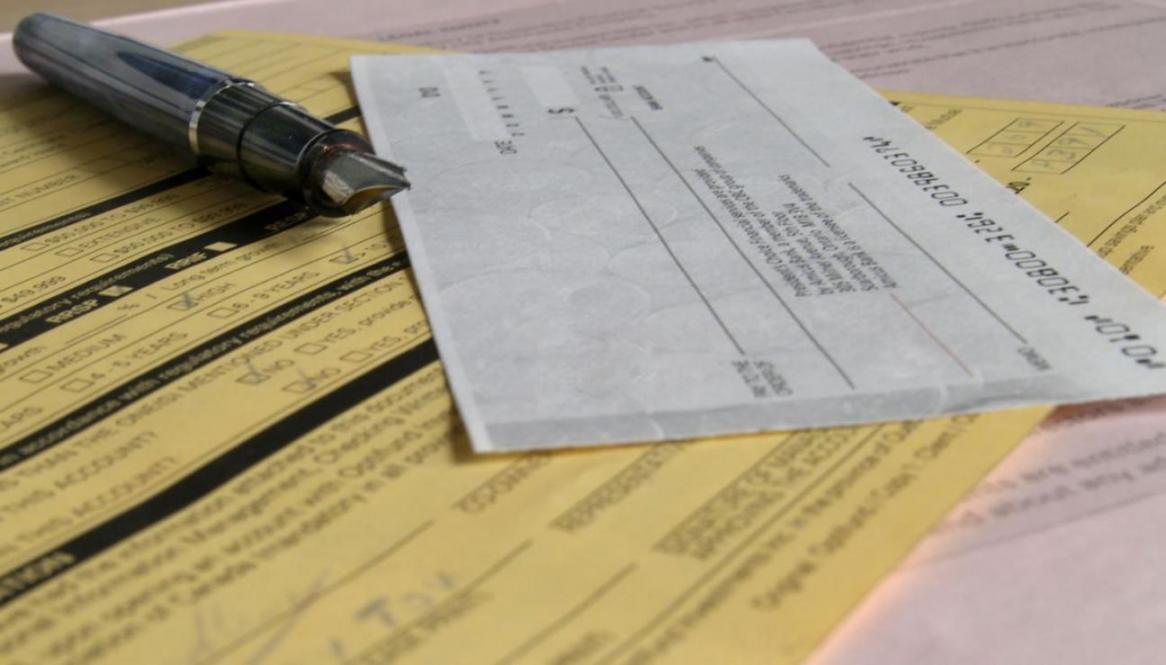The secretary-general of the Central Bank of Iran elaborated on the benefits of Checkavak, the unified electronic check exchange system, in a televised program on Saturday.
Mahmoud Ahmadi criticized the previous regulations for allowing people to receive check books from other branches of a bank even if their checks had already bounced. “The process led to a hike in the number of bounced checks, some 5-7 million annually,” he said, as quoted by Financial Tribune’s sister news website Eghtesad News on Sunday.
Checkavak was launched nationwide on June 2, in a ceremony attended by CBI Governor Valiollah Seif and a number of banks executives. The system initially became operational in Tehran on December 27, 2014 and continued to cover other provinces step by step.
“The new e-check system, however, will provide a transparent record of checkbook holders, so everybody can be aware of the credibility of the checks they are receiving,” he said, noting that the economic downturn in recent years has played a key role in increasing the number of bounced checks as many business people went bankrupt.
With the new system going online, applicants may be able to send their requests online to receive a checkbook, the official said, adding that if the applicant is eligible and has no bad record they will be provided with a “uniform” checkbook.
In case a checkbook holder has an empty account, the bank is legally allowed to use his other accounts to cash the check he drew.
Ahmadi said the central bank is likely to put a cap on the amount of money that can be transferred to improve the system’s security.
Nasser Hakimi, CBI’s head of Communications and Information Technology Department, also regarded bounced checks as one of the main factors engendering distrust among people.
“Given the dire situation of checks in the banking system, the new system was introduced with hopes to eliminate the physical circulation of checks in the banking network and increase check credibility so that eventually the amount of bounced checks would decrease,” he explained.
“Processing a check now takes less time, as an image of the check is taken and sent to the original bank for verification. That would reduce the clearance time to below 24 hours. The procedure formerly took at least 48 hours,” Hakimi said.
Checkavak has standardized all checkbooks in size and formatting, reduced banking costs and help eradicate check clearing houses.


